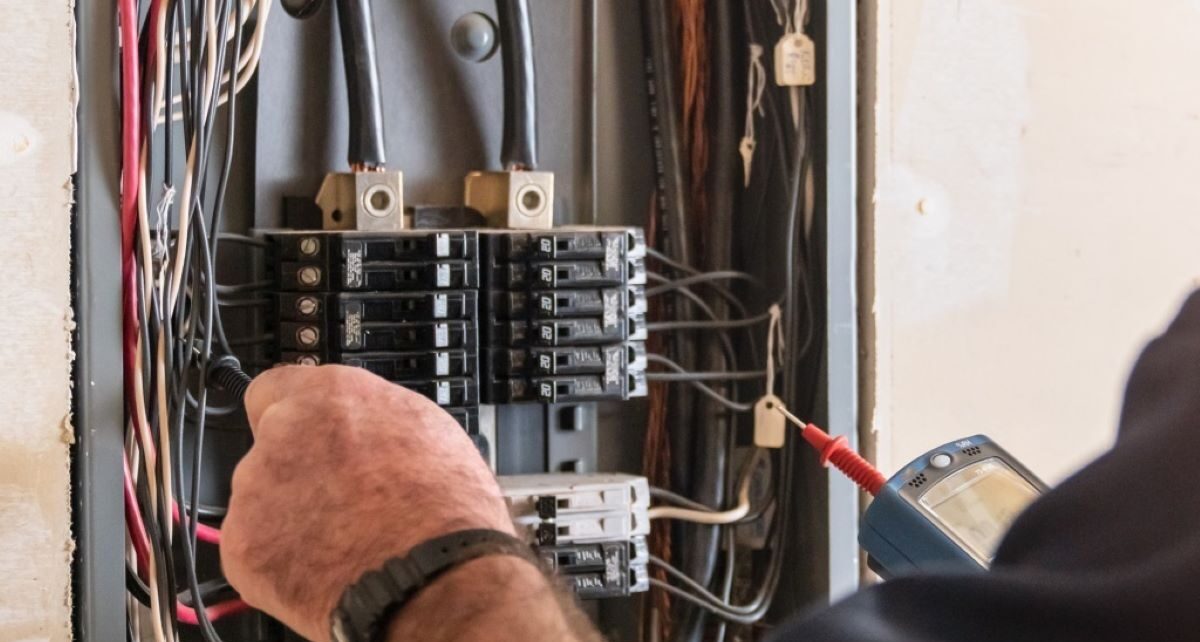Imagine the frustration: you hit the unlock button on your key fob, and only some of the car doors respond. A partial power lock failure, where only some locks function correctly, is a common automotive issue that can be incredibly inconvenient. This problem signifies a disruption in the electrical system controlling the door locking mechanism, but thankfully, it’s often something easily diagnosed and potentially repaired at home. Differentiating it from a complete system failure, this partial malfunction gives us fewer areas to focus on.
Potential Causes: Wiring, Actuators, and More
Several factors can contribute to half of your car’s power locks refusing to cooperate. The most common culprit is a faulty door lock actuator. Each door typically has its own actuator, a small electric motor responsible for physically engaging and disengaging the lock. When an actuator fails, that door’s lock will become unresponsive. Another likely cause is wiring issues. Damaged, corroded, or disconnected wires running between the central locking module and the individual door actuators can interrupt the electrical signal, preventing the locks from functioning. Problems with the central locking module itself, though less common, can also lead to partial failures, especially if the module is responsible for distributing power unevenly to the door locks.
Basic Troubleshooting Steps
Before calling a mechanic, try some basic troubleshooting. First, check the fuses related to the power lock system in your car’s fuse box. A blown fuse can cut power to specific circuits, affecting only some of the locks. Refer to your owner’s manual for fuse locations and amperage ratings. If the fuses are fine, inspect the wiring in the affected doors. Look for any signs of damage, corrosion, or loose connections. Pay particular attention to the wiring harness that passes through the door jamb, as this area is prone to wear and tear. Selection of the Auto Repair in Brick, NJ based service is essential here.
Testing the Actuators
If the wiring appears to be in good condition, consider testing the door lock actuators. This can be done using a multimeter to check for voltage at the actuator when the lock/unlock button is pressed. If there is no voltage, the problem likely lies upstream, in the wiring or the central locking module. If voltage is present, but the actuator is not responding, it’s likely the actuator itself is faulty and needs to be replaced. Replacing a door lock actuator is a relatively straightforward task for a DIYer with basic mechanical skills, but it requires removing the door panel and accessing the actuator mechanism.
When to Seek Professional Help
While some troubleshooting and repairs can be done at home, certain situations warrant professional help. If you’re uncomfortable working with electrical components, or if you’ve exhausted the basic troubleshooting steps and are still unable to identify the problem, it’s best to consult a qualified mechanic. A professional can use specialized diagnostic tools to pinpoint the exact cause of the failure and perform the necessary repairs safely and effectively. Remember, attempting repairs beyond your skill level can lead to further damage or even personal injury.





